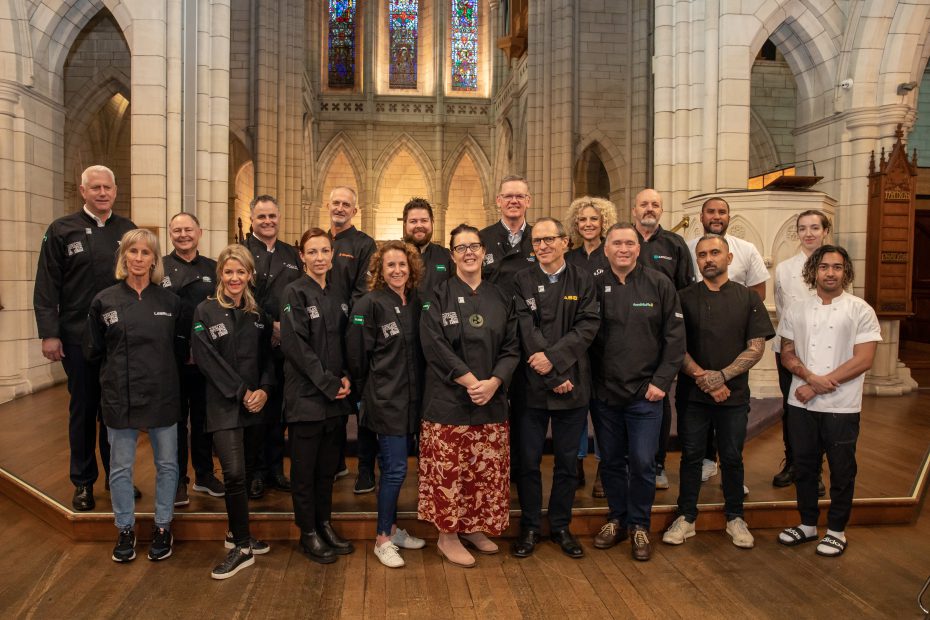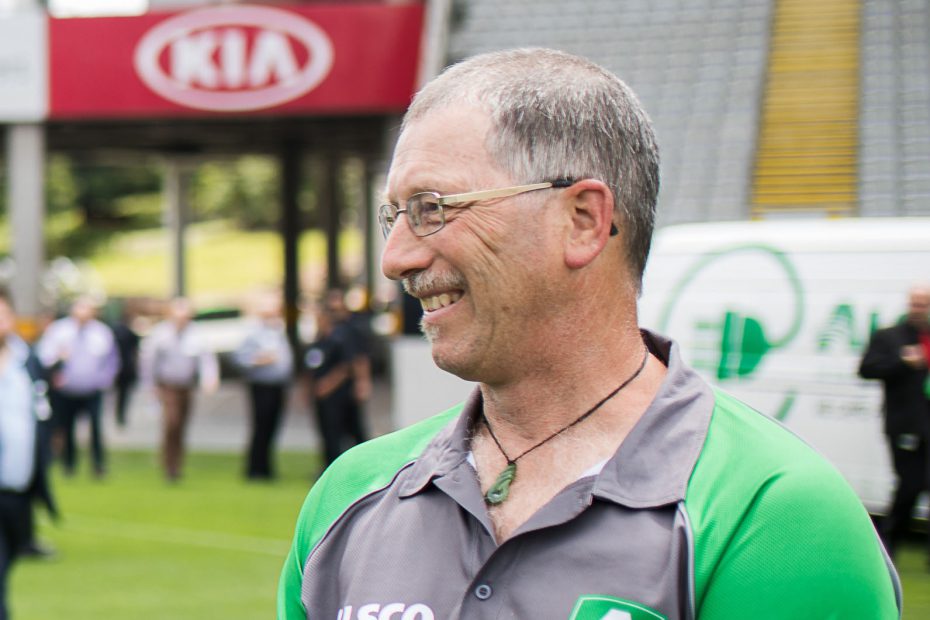There is no such thing as a 100% risk-free workplace, but most people will agree that working in a mine is far more dangerous than working in a nice and clean office with a working AC.
Although you can’t ensure a flawlessly safe working environment, you can and should do everything in your power to strive toward it, starting with making your workplace first-aid compliant.
To protect your employees and create a secure environment you need to assess the risks first.
You can achieve this by asking yourself the following questions:
- What is the highest number of workers present in your workplace at any time?
- How potentially dangerous are their working tasks and should they have immediate access to first aid?
- Do you have remote, high-risk workplaces without easy access to emergency services?
- Do you have workers that are alone or without a First Aider’s supervision?
- Can you think of any other risk factors that are specific for your workplace? (shift work, crowded places, overtime, etc)
Answers to these questions will give you an overall idea as to what needs to be improved in your workplace to increase safety. Think about the first aid kits and additional equipment, First Aiders and easy access to emergency facilities.
In other words, you need to get closely acquainted with the legal framework for ensuring a safe and healthy workplace.
Obtain and Properly Position First Aid Kits
The placing and the contents of your First Aid kits are not left to your personal estimate.
There are rules, laws and regulations that outline the best course of action. Your go-to legal document for understanding these restrictions is the Health and Safety Work Act from 2015.
Besides being properly stocked and regularly replenished with compliant first aid supplies, your First Aid kits need to be positioned correctly in your workplace. They need to be easily accessed and all properly marked. You can use first aid posters and resources to draw attention to first aid kits and wall cabinets.
Keeping Your Workplace First Aid Kits Compliant
Do you know the current state of each and every one of your First Aid Kits at this very moment? Do you know what’s in them, what’s missing and what should be replenished?
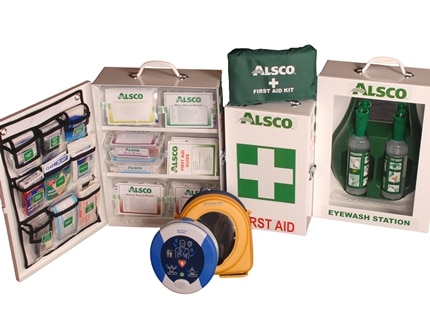
If you don’t know, somebody else must! Assign this duty to one of your First Aiders. Their primary duties when it comes to first aid kit maintenance should involve:
- Making sure that First Aid kits are always easily accessible and that there is always a clear and unblocked path to each and every one of them.
- Checking the contents of First Aid kits if they are used, or at least once a year if they are not used.
Additional First Aid Equipment
There is so much more you can add to your workplace first aid besides the regular kits. There is eye washing equipment, automatic defibrillators or even showers that you can get for your company.
Eye washing equipment is an excellent addition to your basic First Aid kits if your work involves working with dangerous chemicals or there is fine dust involved. Of course, it is useful in all other workplaces where there is a high chance of foreign objects hurting the eyes of the employees.
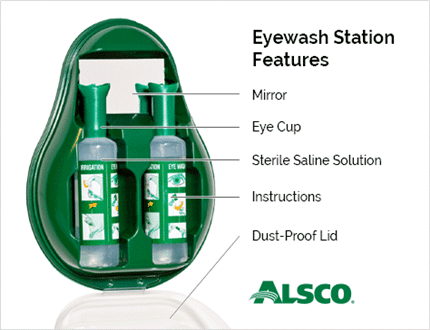
Workplace showers can be of enormous help in situations that involve burns or exposure to chemicals that are absorbed by the skin. Showers have to have easily hand operated hoses and in the workplaces with lower risks of chemical exposure, you can obtain rubber hoses that are easily attached to the taps.
Automatic defibrillators are absolutely irreplaceable devices when it comes to first aid efforts to save patients that are having a heart attack. Educate your employees on how to use a portable defibrillator and increases the chances of survival in case of heart failure at the workplace.
First Aid Rooms and Facilities
When there is a need to administer first aid, you need an appropriate place for that to happen.
Depending on the size of your workplace, a number of employees and the risk levels that are the consequence of the nature of your business, you need to decide among the First Aid centre, First Aid room or just a quiet, secluded place where basic first aid can be administered.
Obviously, a simple secluded place is enough for low-risk offices with a small number of employees. However, there still needs to be a proper First Aid kit.
The next level is the First Aid room. This is recommendable for low-risk workplaces with workforce counting 200 people and high-risk workplaces with under 100 employees. Make sure that it can be accessed by wheelchairs and that it is always kept in order. You should assign a First Aider to maintain the room in good condition.
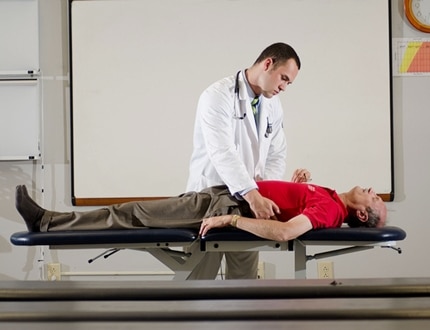
A high-risk workplace where hundreds of people work needs its own health centre. It means a stand-alone facility in which medical workers are hired. If this centre is in the same building, it is best if it is on the ground floor.
Make sure it is big enough to store all of the necessary equipment and that the materials used for its interior are easily cleaned and sanitised.
As you can see, there are many factors to take into consideration when you want to run a safe and healthy, fully first aid compliant workplace. Moreover, even if you have it under control, it is fairly easy to miss out some important legal updates.
Luckily for you, there is a way to delegate some of that ‘worry’ over to the professionals.
We at Alsco make it our job to make you 100% first aid compliant at all times. You can rent the first aid kits, portable defibrillators and even download useful resources from our website.
Make your workplace safe by looking into our first aid program.
Alsco representatives will check and replenish the kits regularly and take it upon us to make all the necessary changes and updates. Call us today to arrange a consultation.
Photo courtesy from Flickr Image by David Martyn Hunt
Photos courtesy from Flickr Image by U.S Department of Agriculture
